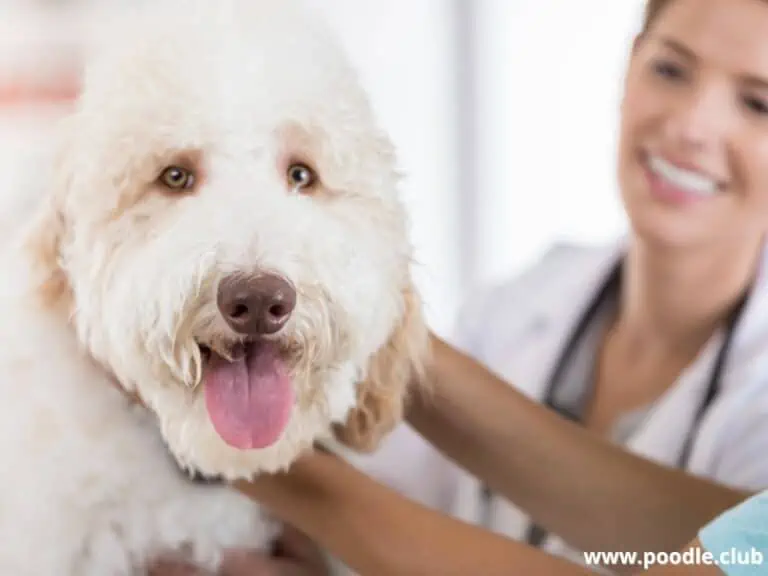Should I Visit the Dog I Gave Away: A Comprehensive Guide
Are you grappling with the heart-wrenching decision of visiting a dog you’ve rehomed? Wondering whether it will spark joy or sow seeds of confusion? Let’s navigate this emotional labyrinth together.
In this piece, we’ll shine a spotlight on the dog’s adaptation to its new family. If Fido is flourishing with his new pack, would your visit disrupt his newfound stability? We’ll dissect the potential impacts to help you weigh the pros and cons.
Next up, we’ll unpack the role of the new owner’s feelings. Are they open to hosting you or would they prefer to maintain their own space? We’ll guide you on how to maintain a respectful dialogue to understand and respect their stance.
Last, but certainly not least, we’ll prompt you to look inwards. Are your motives truly about the dog’s welfare, or are they tethered to your own nostalgia and regret? We’ll help you dissect your emotions to ensure the decision you make benefits all parties.
This deep-dive offers clarity on how to approach this sensitive subject. Through careful consideration of the dog’s well-being, the new owner’s wishes, and your own emotional landscape, we’ll help you chart the best course forward.
The Decision to Rehome Your Dog
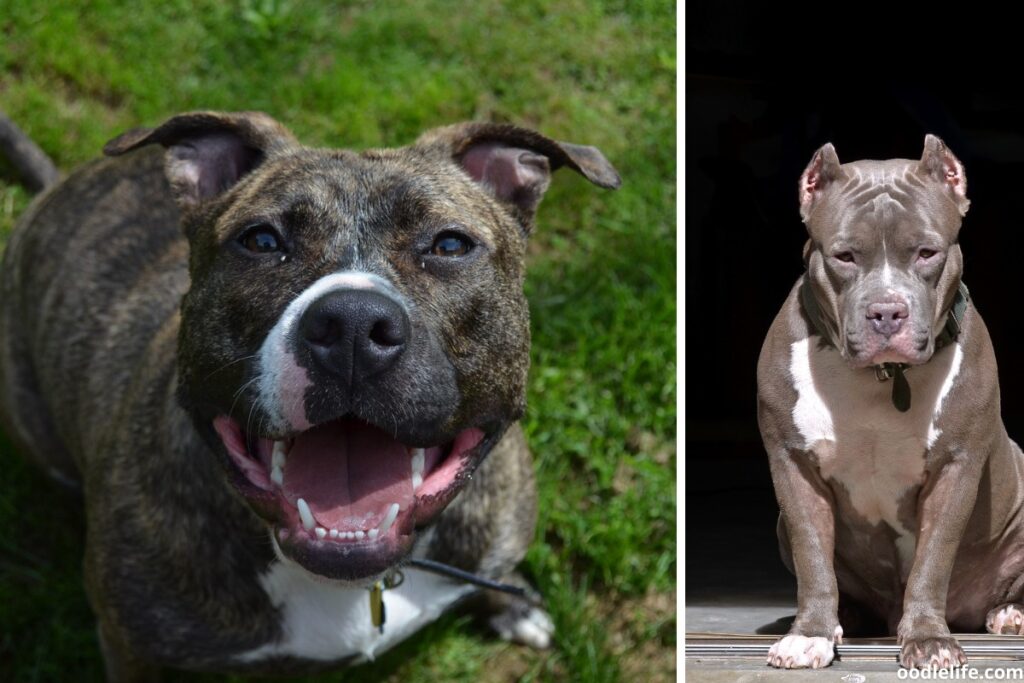
Pros and Cons of Giving a Dog Away
Rehoming a dog is a difficult decision that many pet owners face at some point. One must weigh the pros and cons before moving forward. On the one hand, giving a dog away can be beneficial in certain situations, such as when the owner is unable to provide adequate care or has to move to a place that doesn’t allow dogs. It can also be a kind decision for the dog, as they might have a better quality of life in a new home with owners who can provide the necessary care and attention.
On the other hand, the decision to rehome a dog can bring a mix of emotions, such as guilt, sadness, and anxiety. One might wonder if the dog will be well-treated in their new home, or if they’ll be able to adjust without their previous owner. Moreover, it’s essential to consider the attachment that both the owner and the dog have formed, which can make the separation quite challenging for both parties involved.
PuppySpot is a reputable dog marketplace where you can browse and find compatible puppies right from the comfort of your home. They have placed over 200,000 puppies into homes in the US!
Understanding the Rehoming Process
Once the decision to rehome a dog is made, it’s crucial to understand the process involved. For instance, one should do research to find a reputable organization or an individual who is genuinely interested in providing a loving home for the dog. It’s also essential to be transparent about the dog’s history, medical records, and any potential behavioral issues, so the new owner is well-prepared to handle the transition.
After finding the right home, it’s helpful to follow up and maintain some form of communication with the new owner. This can allow the original owner to check in on the dog’s situation and provide additional support or advice as needed. However, it’s essential to strike a balance, as becoming too intrusive might make the new owner feel uncomfortable or overwhelmed.
In conclusion, the decision to rehome a dog can be challenging and emotional, but understanding the process and carefully weighing the pros and cons can lead to the best possible outcome for both the dog and the original owner. By putting the dog’s best interests at heart and ensuring a smooth transition, the choice can become more manageable and ultimately a positive one.
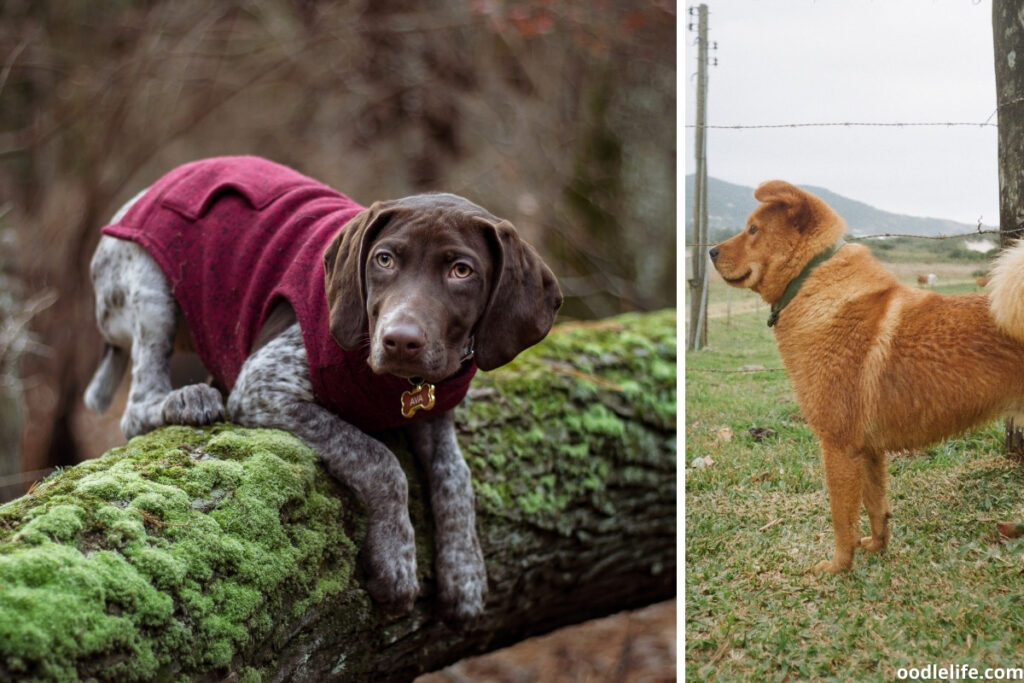
Adjusting to a New Home
Dog Behavior in New Environment
When a dog, like a German Shepherd, moves to a new home, it can experience a variety of emotions and display different behaviors. It is not uncommon for dogs to feel excited, curious, and even a bit disoriented in their new environment. They might spend a lot of time exploring their surroundings and trying to make sense of the new space.
For example, a German Shepherd in a new home may start sniffing every corner, examining unfamiliar objects, and cautiously approaching new people or pets. It is essential to give the dog ample space and time to familiarize itself with its surroundings.
It’s important not to make any quick judgments about the dog’s behavior during this initial adjustment period. Consider how you would feel if you suddenly found yourself in a completely new environment – it might take some time to get settled and comfortable! The same goes for your furry friend.
Stress and Anxiety in Dogs
Change can be stressful for dogs, and moving to a new home might push them to feel anxious. This could result in unusual behaviors, such as excessive barking, whining, and pacing. Dogs might also exhibit physical symptoms of stress, including shedding, drooling, or even having an accident in the house.
For instance, you might notice your German Shepherd panting heavily or acting restless as it tries to adjust to its new surroundings. In this case, it’s important to offer reassurance and comfort to help ease their anxiety.
To help with the adjustment process, try to maintain some consistency with their routine. Keep their feeding and walking schedules as close to their previous ones as possible, and set up their living space with familiar bedding, toys, and feeding equipment. This familiarity can help ease their stress and make their new environment feel more like home.
While it may be tempting to visit the dog you previously gave away, doing so may add more stress and confusion to their adjustment process. As much as you might miss your German Shepherd, it’s essential to give them the space and time they need to settle into their new home, build bonds with their new family, and fully adapt before considering such a visit.
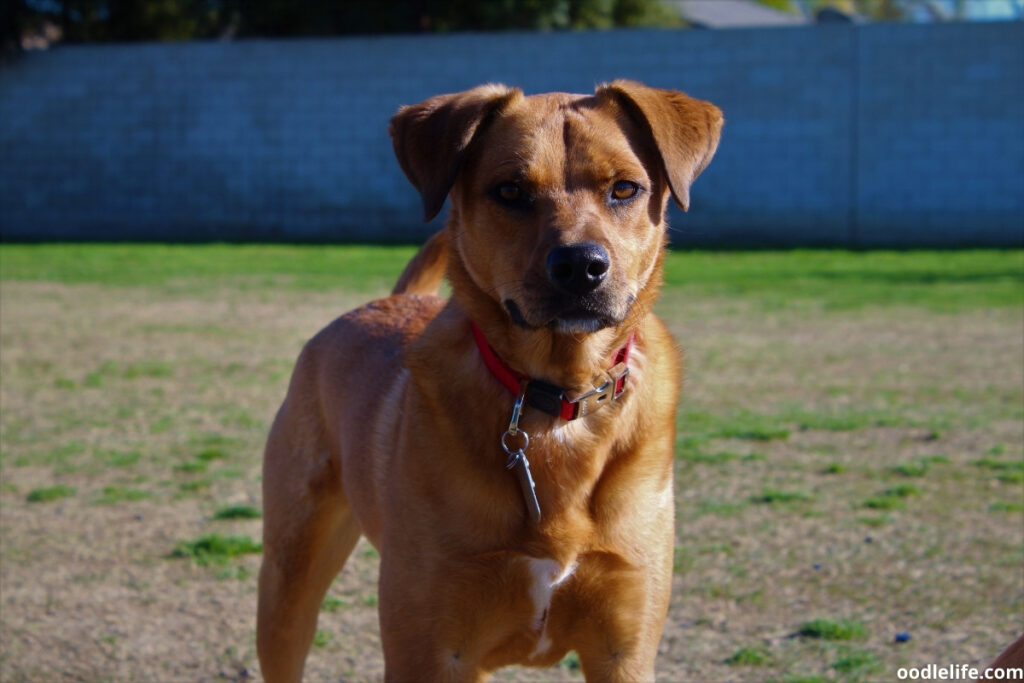
Visiting the Dog after Rehoming
Potential Benefits for the Dog
Visiting a dog after rehoming could potentially provide some emotional benefits for the dog. Dogs are sensitive to emotions and can form strong connections with their previous caretakers. Seeing a familiar face might provide them with a sense of security and happiness. It can also be an opportunity for the dog to be on the receiving end of the affectionate, ear-scratching, and belly-rubbing interactions they might have enjoyed before.
For example, imagine rehoming your dog to a loving family, and after a few weeks, you decide to visit the adorable little fella. Upon seeing you, their tail starts wagging furiously, and they leap onto you, showering you with sloppy dog kisses. It’s evident that your presence brought joy and excitement to them.
Possible Negative Effects on the Dog
On the other hand, it’s essential to consider the potential negative effects visiting might have on the dog. For some dogs, getting reacquainted with a previous owner might spark confusion and distress, making it difficult for them to fully settle into their new home.

It’s crucial to keep the dog’s best interests in mind and ensure that a visit doesn’t disrupt the progress they’ve made at adapting to their new environment. For instance, let’s imagine a dog that’s finally started to settle into their new home, enjoying snuggles with their new family on the couch. A visit from the previous owner could trigger a flashback of their previous life, potentially causing emotional turmoil and confusion.
In conclusion, while visiting a dog after rehoming might bring some emotional benefits, it’s essential to weigh the possible negative effects to ensure the well-being of the dog is not compromised. Keep the visits brief and monitor how the dog responds, always putting their needs first. After all, the ultimate goal is to ensure the dog is happy and healthy in their new home.
Health and Safety Considerations
Importance of Vaccinations
Ensuring that both the dog you gave away and any other animals you have are up-to-date with their vaccinations is crucial for maintaining their health and preventing the spread of diseases. For example, common vaccinations such as rabies, distemper, and parvovirus protect dogs from life-threatening illnesses.
Remember, before visiting the rehomed dog, verify with the new owner that their pet has received all necessary vaccinations. This precaution allows both you and the dog to enjoy a worry-free visit, knowing that everyone’s health is protected.
Etiquette for Visiting a Rehomed Dog

When visiting a rehomed dog, it’s essential to follow proper etiquette to ensure a safe and enjoyable experience for everyone involved. Here are some key points to consider:
- Ask for permission: Always check with the new owner if it’s okay to visit and pet their dog. Remember, they are now the primary caregiver, and their consent is essential.
- Keep it calm: When you first see the dog, avoid rushing towards it or speaking too loudly. Gradually approach the dog so that it doesn’t feel threatened or overwhelmed.
- Be mindful of body language: Watch for signs of discomfort or anxiety in the dog, such as flattened ears or a tucked tail. If you notice these signs, give the dog some space and allow it to come to you when it’s ready.
- Proper petting techniques: When petting the dog, avoid reaching over its head or touching sensitive areas such as the ears, face, or tail. Instead, gently stroke the dog’s back or side, which helps build trust and keeps the dog at ease.
A visit to a rehomed dog can be a heartwarming experience, and by taking these health and safety considerations into account, it can be a pleasant encounter for both you and the dog. So, next time you’re thinking of paying a visit to that furry friend you gave away, you’ll be well-prepared for a safe and enjoyable experience.


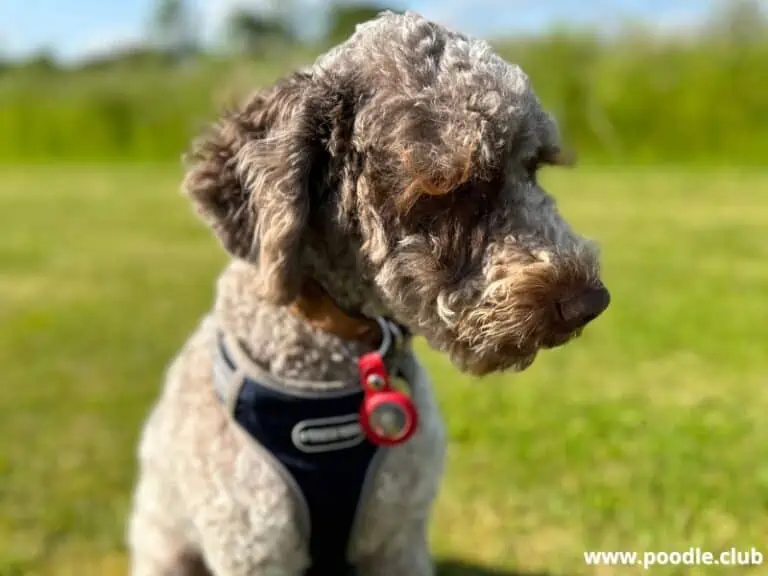
![Poodle vs Cockapoo [Breed Comparison] + Photos!](https://poodle.club/wp-content/uploads/2022/12/poodle-vs-cockapoo-768x512.webp)
